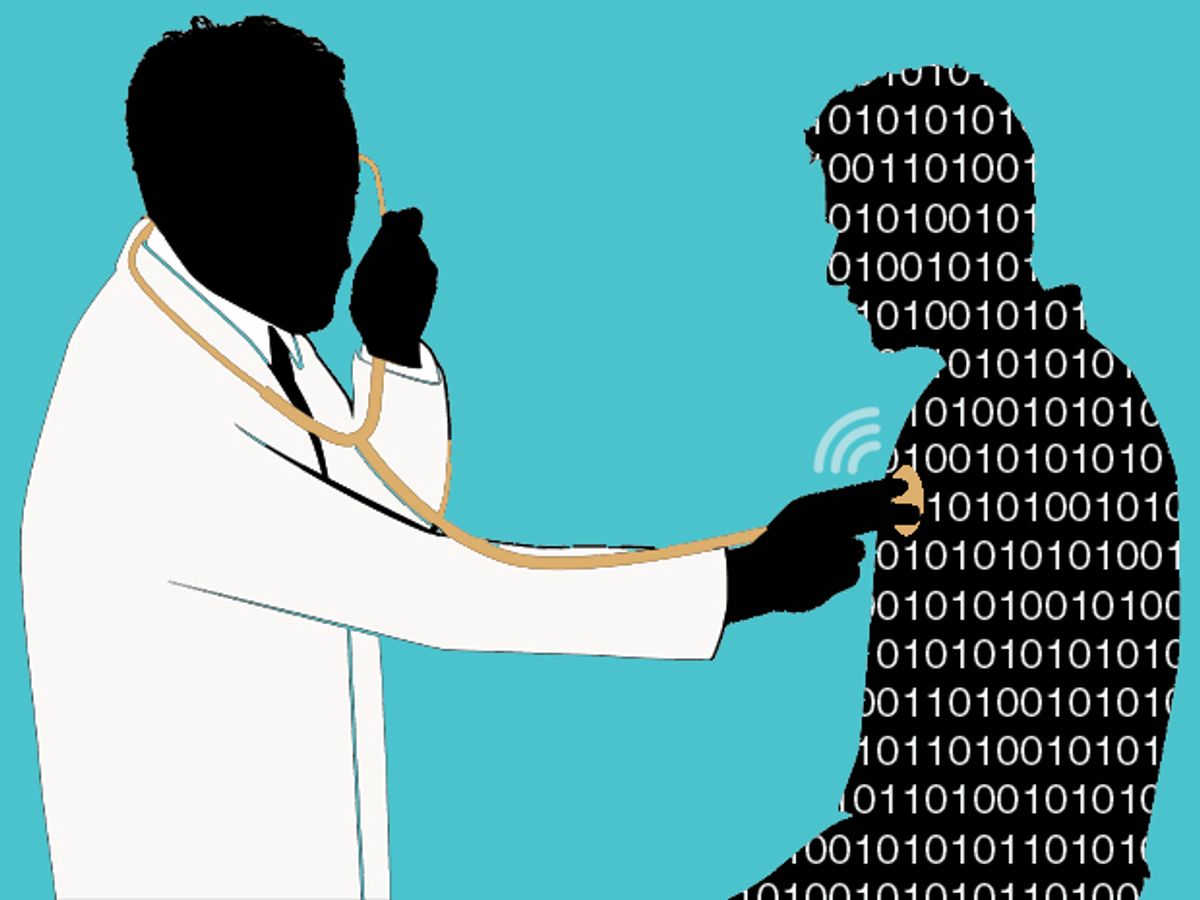At the annual meeting of the IEEE Engineering in Medicine and Biology Society, Hood presented his vision for "P4 medicine," which is predictive, preventive, personalized, and participatory. In a keynote speech, he described the 100K Wellness Project he launched this year as president of the Institute for Systems Biology. The ambitious study aims to enroll 100,000 participants and track their biometrics over 20 years (funding permitting). Hood wants to quantify wellness, and also to provide "actionable information" to the participants.
In March, the project enrolled 108 healthy people to take part in the pilot study. At the end of 2014 the project will scale up to 1000 participants, with the big steps to 10,000 and then 100,000 people expected in the next few years.
Each participant gets their whole genome sequenced at enrollment, and then every three months provides samples of blood, saliva, urine, and stool for analysis. Users also submit data from self-trackers like the Fitbit activity tracker and Omron blood pressure monitor. All that information is integrated to create a dynamic picture of the person's biological state. As the years go by, "patients will either stay well or transition into disease," Hood says. The collected data will not only define the biological parameters of wellness — when a participant is diagnosed with a disease, researchers can go back through that patient's data to identify early warning signs.
One of the participants received even more critical information. Blood testing revealed that his iron levels were very high, and the health coaches advised him to go to a doctor. It turns out he had a dangerous genetic condition called hemochromatosis that damages the organs and eventually leads to heart attack, but that can be managed by bringing down iron levels. "So instead of having an individual who is sick for the last 20 years of his life, we have a healthy individual," Hood says. That substitution is not just a good health outcome, it's also a significant cost saving for the health care system.
Hood thinks his study of wellness is of such national importance that he's considering pitching it to Congress as "a second Human Genome Project." He would argue that the study would bring about great innovations and cost savings in health care, and would let the United States lead a revolution in medicine. "I think the arguments are actually better for this than they were for the genome project," Hood says.
Eliza Strickland is a senior editor at IEEE Spectrum, where she covers AI, biomedical engineering, and other topics. She holds a master’s degree in journalism from Columbia University.




